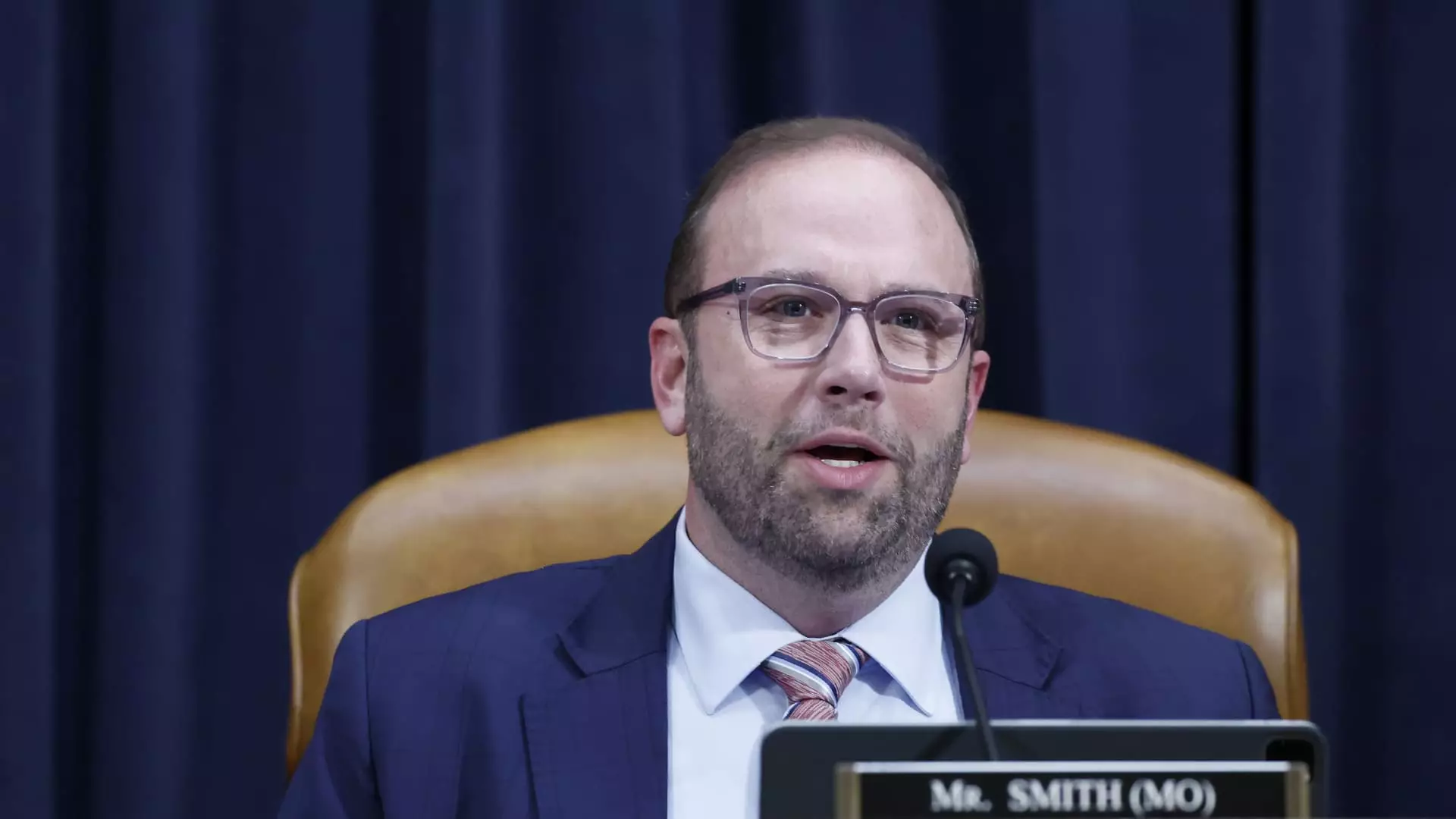The current political landscape in the United States poses significant questions regarding financial reform, particularly in the context of tax legislation set forth by the previous administration. As President-elect Donald Trump prepares to assume office, the urgency among certain House Republicans to solidify tax cuts through extensions of the Tax Cuts and Jobs Act (TCJA) is palpable. The ramifications of these cuts, which are projected to expire by 2025, could drastically affect a considerable portion of the American populace, particularly low- to middle-income families.
The TCJA, introduced under the Trump administration in 2017, comprises several crucial provisions that, without congressional action, are slated to sunset after 2025. These include a reduction in tax brackets, enhancements to the child tax credit, and a substantial 20% deduction for pass-through businesses. According to analysis by the Tax Foundation, failure to extend these provisions could lead over 60% of taxpayers to face increased taxes beginning in 2026. The looming expiration has set off alarm bells among legislators advocating for swift action to avert tax increases that could burden American families and small businesses.
Jason Smith, the House Ways and Means Committee Chairman from Missouri, has been vocal in his stance, urging legislators to take immediate action. His call to “not leave families and small businesses waiting” captures the Republican priority to ensure continuity of tax relief just as the Biden administration prepares to take office. This highlights a key Republican strategy: leveraging a unified Congress and the White House to push through critical changes using a procedural tool known as “reconciliation.” This mechanism allows certain legislation to pass with a simple majority, sidestepping the filibuster.
Concerns Surrounding Federal Budget and Economic Stability
However, not all legislators are on board with the push for permanent tax cuts. Criticism has arisen from both sides of the aisle, primarily focusing on the fiscal implications of extending Trump’s tax cuts. Proponents of fiscal responsibility argue that the already rising federal budget deficit—reported at $710.9 billion for the first three months of fiscal year 2025—raises red flags against the backdrop of extending tax provisions that could cost an estimated $4.2 trillion over the next decade.
This contradiction introduces a critical dimension to the discussion: balancing the need for tax relief with long-term economic stability. The ramifications of continued tax cuts significantly depend on their structural implications for federal revenue and budget priorities. As the nation grapples with increasing debt, the need for vigilant scrutiny is paramount to ensure that tax policy aligns with sustainable economic practices.
In addition to fiscal concerns, discussions surrounding the equity of the TCJA provisions have also emerged, particularly from Democratic lawmakers who argue that the tax cuts primarily benefit the wealthy. Richard Neal, a Democrat from Massachusetts and the ranking member of the House Ways and Means Committee, has expressed concern that the distribution of tax relief has not been equitably shared among all income levels. Notably, the projected tax savings paint a troubling picture: average families would save about $2,000 yearly, while the top 0.1% could see benefits totaling around $314,000—demonstrating a stark and growing income inequality in the U.S.
As these discussions unfold, the prospect of tax reform remains a pivotal topic with potential implications that could influence the Senate and House agendas significantly. The question arises: who benefits most from tax cuts? The narratives around fairness confront legislators and constituents as efforts to extend or modify tax legislation progress. Tax relief measures must therefore be scrutinized for their efficacy in providing true relief to average American families.
The upcoming weeks will likely be critical in determining the future of tax policy in the United States, particularly regarding the potential permanence of tax cuts established under the TCJA. Legislative moves, combined with economic realities, will influence how and whether these cuts are maintained. Ultimately, the discourse around tax relief transcends mere calculations; it embodies a larger conversation about fiscal responsibility, equity, and the obligation of government to serve and protect the economic interests of all citizens. As lawmakers weigh their options, it is essential that they prioritize a balanced approach, considering short-term relief alongside long-term economic health.

